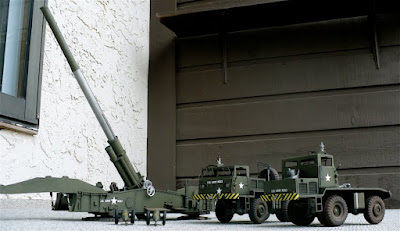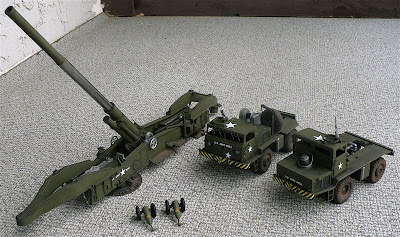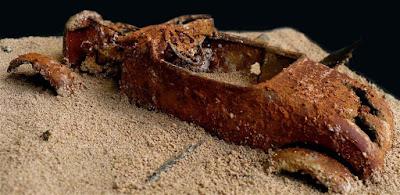


Here are some images of Dragon Model's 1/72 scale Apollo 11"Lunar Approach" North American CSM "Columbia" + Grumman LM "Eagle".
From Wikipedia"
The Command Module was the control center for the Apollo spacecraft and living quarters for the three crewmen. It contained the pressurized main crew cabin, crew couches, control and instrument panel, optical and electronic guidance systems, communications systems, environmental control system, batteries, heat shield, reaction control system, forward docking hatch, side hatch, five windows and the parachute recovery system. It was the only part of the Apollo/Saturn launch vehicle that returned to Earth intact.
The Service Module was a portion of the spacecraft that was unpressurized and contained fuel cells, batteries, a high gain antenna, radiators, water, hydrogen, oxygen, a reaction control system and propellant to enter and leave lunar orbit, and service propulsion systems. On Apollo 15, 16 and 17 it also carried a scientific instrument package, mapping camera and a small sub-satellite to study the moon.
A major portion of the service module was taken up by propellant and the main rocket engine. Capable of multiple restarts, this engine placed the Apollo spacecraft into and out of lunar orbit, and was used for mid-course corrections between the earth and the moon.
The Service Module remained attached to the Command Module throughout the mission. It was jettisoned just prior to reentry into the Earth's atmosphere.
The Lunar Module was the portion of the Apollo spacecraft that landed on the moon and returned to lunar orbit and was the first true "spaceship" since it was designed to fly solely in the vacuum of space. It was divided into two major parts, the Descent Module and the Ascent Module. It supplied life support systems for two astronauts for a total of four to five days. The spacecraft was designed and manufactured by the Grumman Aircraft Company led by Tom Kelly.
The Descent Stage contained the landing gear, landing radar antenna, descent rocket engine, and fuel to land on the moon. It also had several cargo compartments used to carry among other things, the Apollo Lunar Surface Experiment Packages ALSEP, the Modularized Equipment Transporter (MET) (a hand-pulled equipment cart used on Apollo 14), the Lunar Rover (moon car - Apollo 15, 16 and 17), surface television camera, surface tools and lunar sample collection boxes.
The Ascent Stage contained the crew cabin, instrument panels, overhead hatch/docking port, forward hatch, optical and electronic guidance systems, reaction control system, radar and communications antennas, ascent rocket engine and fuel to return to lunar orbit and rendezvous with the Apollo Command and Service Modules.




















































